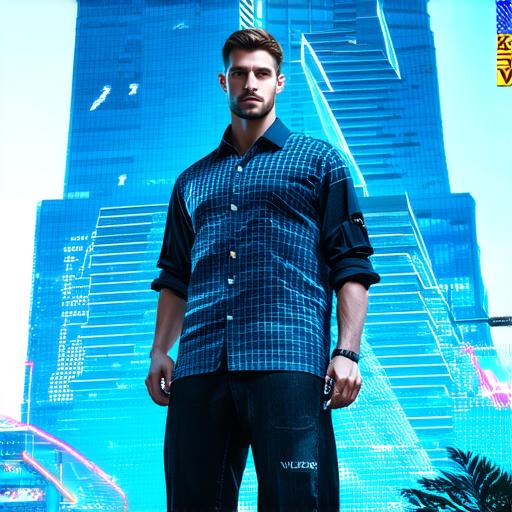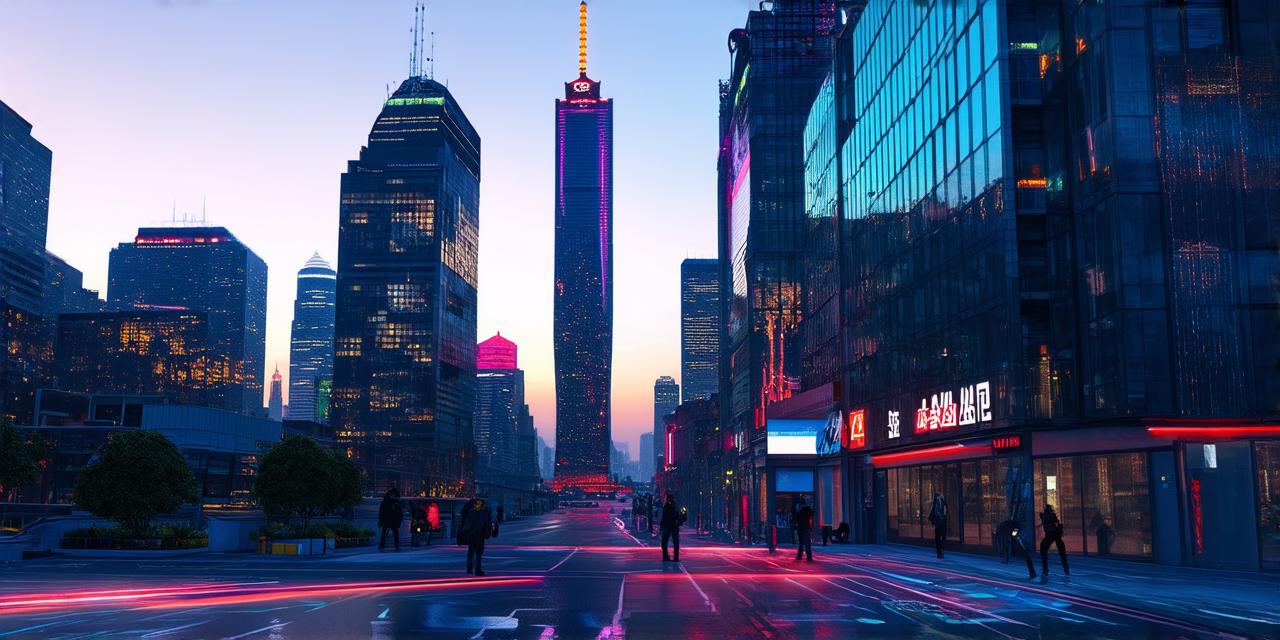How LBAR Works
LBAR technology uses sensors on a device to determine its location in the real world. This information is then used to overlay digital elements onto the real world. For example, if a user is standing in front of a museum, LBAR could display additional information about the exhibits or provide a virtual tour of the museum.
One of the key components of LBAR technology is geolocation. Geolocation allows a device to determine its location using GPS signals from nearby satellites. Once the device’s location is known, it can use this information to access digital content that is specific to that location.
Another important aspect of LBAR technology is computer vision. Computer vision algorithms allow a device to recognize and track real-world objects. This enables the device to overlay digital elements onto these objects in a way that is seamless and natural for the user.
Applications of LBAR
LBAR technology has a wide range of potential applications across various industries. Here are a few examples:
- Retail
- Education
- Healthcare
- Tourism
- Gaming
Retailers can use LBAR to create interactive shopping experiences for customers. For example, a furniture retailer could allow customers to visualize how a piece of furniture would look in their home using LBAR. This could help customers make more informed purchasing decisions and reduce the number of returns.
LBAR technology can be used in education to create immersive learning experiences for students. For example, a history teacher could use LBAR to take students on a virtual tour of ancient Rome. This could include interactive elements such as the ability to touch and manipulate objects in the virtual world.
LBAR technology can be used in healthcare to provide patients with additional information about their condition or treatment. For example, a patient with diabetes could use LBAR to learn more about how to manage their blood sugar levels. This could include tips and advice from healthcare professionals as well as interactive elements that allow the patient to track their progress.
LBAR technology can be used in tourism to create virtual tours of popular attractions. For example, a tourist visiting Paris could use LBAR to take a virtual tour of the Eiffel Tower and learn more about its history and significance. This could include interactive elements such as the ability to zoom in on different parts of the tower and learn more about specific landmarks.
LBAR technology can be used in gaming to create immersive and interactive experiences for players. For example, a first-person shooter game could use LBAR to allow players to engage with virtual objects in their physical environment. This could include shooting at virtual targets that are placed around the player’s real-world surroundings.
FAQs
How does LBAR technology work?
LBAR technology uses sensors on a device to determine its location in the real world. This information is then used to overlay digital elements onto the real world. Geolocation and computer vision algorithms are two of the key components that enable this functionality.
What industries can use LBAR technology?
LBAR technology has a wide range of potential applications across various industries, including retail, education, healthcare, tourism, and gaming.
How can LBAR technology be used in education?
LBAR technology can be used in education to create immersive learning experiences for students. For example, a history teacher could use LBAR to take students on a virtual tour of ancient Rome. This could include interactive elements such as the ability to touch and manipulate objects in the virtual world.
How can LBAR technology be used in healthcare?
LBAR technology can be used in healthcare to provide patients with additional information about their condition or treatment. For example, a patient with diabetes could use LBAR to learn more about how to manage their blood sugar levels. This could include tips and advice from healthcare professionals as well as interactive elements that allow the patient to track their progress.
How can LBAR technology be used in tourism?
LBAR technology can be used in tourism to create virtual tours of popular attractions. For example, a tourist visiting Paris could use LBAR to take a virtual tour of the Eiffel Tower and learn more about its history and significance. This could include interactive elements such as the ability to zoom in on different parts of the tower and learn more about specific landmarks.
How can LBAR technology be used in gaming?
LBAR technology can be used in gaming to create immersive and interactive experiences for players. For example, a first-person shooter game could use LBAR to allow players to engage with virtual objects in their physical environment. This could include shooting at virtual targets that are placed around the player’s real-world surroundings.

Conclusion
Location-based augmented reality technology is becoming increasingly popular and has a wide range of potential applications across various industries. From retail and education to healthcare and tourism, LBAR technology can enhance real-world experiences in a variety of ways. As the technology continues to evolve, we can expect to see even more innovative uses of LBAR in the future.
